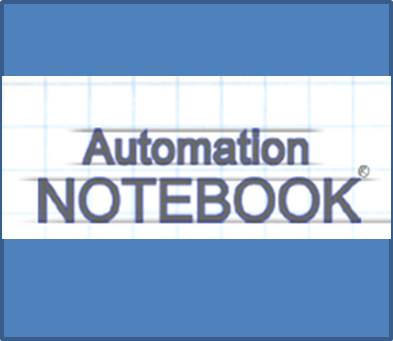Although the North American market for automation and controls has seen nowhere near the growth it did 15-20 years ago, programmable logic controllers (PLCs) are still the preferred controller choice for industrial applications. What has changed for PLCs are the expectations and desired functionality of their specifiers and users. In this edition of PLC Speaking, we will discuss some of the results from over 300 readers who participated in our online PLC survey. We thank all of you who participated, and congratulations to the five winners of the BOSE Wave® Radios.
PLC Survey Results
While reviewing the survey responses, we found our readers to be savvy users of PLCs, with expertise in all areas of programming, communications, PID, and motion control. All respondents but three were involved in specifying, recommending, or buying PLCs. Respondents were also from a diverse set of industries, with over 30% opting to write in their specific industry served, rather than pick from the standard list.
PLCs are largely used for machinery and process control applications, with over 50% of the respondents selecting one of these application categories. Within the machinery and process control category, General Machinery, General Motion Control, and Assembly were the top three applications for PLCs. The overwhelming popularity of these mostly discrete applications for PLCs was not surprising, but use of a PLC for motion control has continued to show more popularity recently than in years past. Motion control interfaces directly from PLCs are becoming more prevalent and often offer a much more cost-effective solution than choosing a purpose-built motion controller and combining it with a separate PLC for a complete control system.
Also noteworthy was the significant number of respondents who wrote in several non-industrial applications, such as building automation and HVAC, commercial refrigeration controls, fire safety systems, and security systems. Recent technology advancements and price reductions in PLCs, especially in the area of communications and lower cost nano and micro class PLCs, have made them appealing for these types of applications. When a 14 I/O DirectLOGIC DL05 PLC starts at $99 and a 36-I/O DirectLOGIC DL06 PLC starts at $199, both with two built-in serial communication ports, the products rival the value of any purpose-built controller, even in medium to high volume OEM applications.
Process, Batch, SCADA and RTU systems also have proven to be an increasingly popular application for PLCs. This supports the notion that customers realize a traditional DCS system is often not necessary for many of these process-based systems. Additionally, many process and batching systems are no longer being built on-site, but are rather designed as skid mount sub-systems that fit into standard shipping containers, which can then be assembled on-site as part of the complete control system. Modern PLCs, with their smaller physical footprint compared to most DCS hardware, but with extensive process features such as built-in PID and Ethernet communications, can easily be installed in smaller enclosures and mounted to almost any size equipment.
All process and discrete PLC applications showed a significant increase in communication connectivity and data acquisition requirements. 15 to 20 years ago, there was very little automation of the data acquisition portion of a control system, let alone performing it solely through the PLC. Today, with the overwhelming pressure to increase production and reduce downtime and waste, and doing so with a reduced workforce, data acquisition is often at the forefront of any control system buying decision. With this increased need for data acquisition and connectivity, newer PLCs must offer more “PC-like” functions, such as expansion for multiple serial ports, Ethernet ports, larger amounts of data logging memory, and instructions for manipulating data through high-level array and math instructions. The need for PC capabilities in a PLC has resulted in next generation PLCs being designed as “ruggedized” embedded PCs that can be installed in standard chassis-based PLC I/O systems. The DirectLOGIC DL205 WinPLC, with a built-in Ethernet port, addressable serial port, 100 Mhz CPU, 8 MB RAM/8 MB ROM, and a Windows CE operating system for easy connectivity to other Microsoft based systems, possesses most of the PC control capabilities within a PLC package.
There is no indication that PLCs will stop evolving; rather, they will solve more control and information system needs for both industrial and non-industrial automation. However, the desire for a single big black box that does everything may be replaced by the need for several little “not-so-silent” black boxes that can do many things and can be easily connected together.
By Paul Ruland
AutomationDirect Product Manager
PLC, I/O, Controls Group
Originally Published: Dec. 1, 2005


